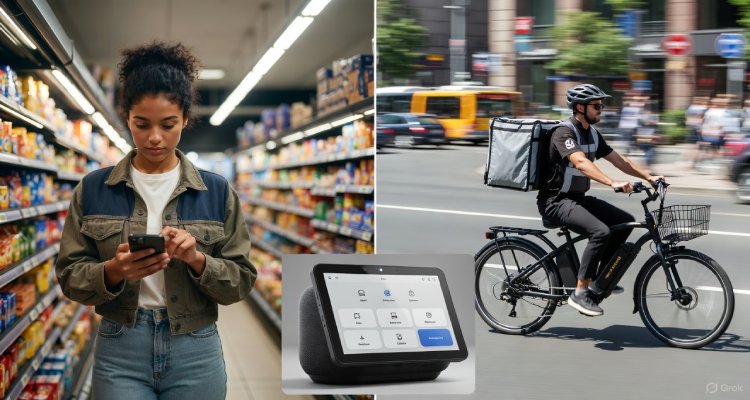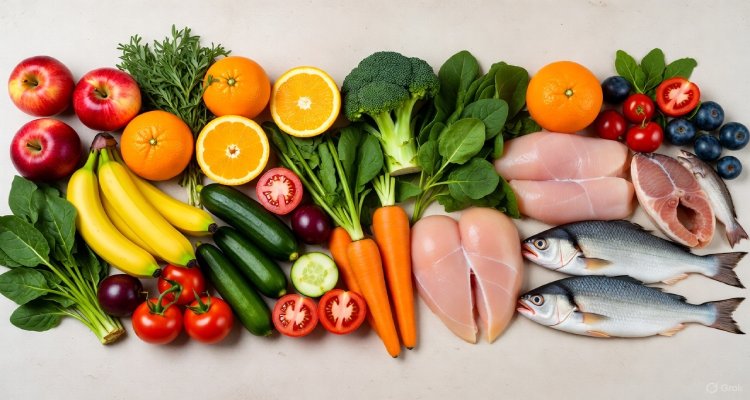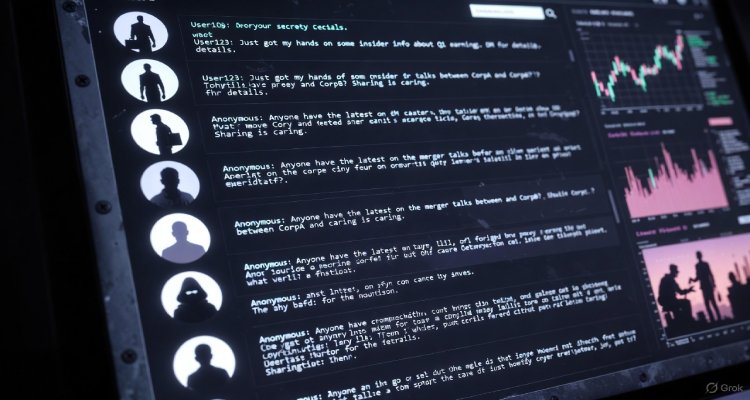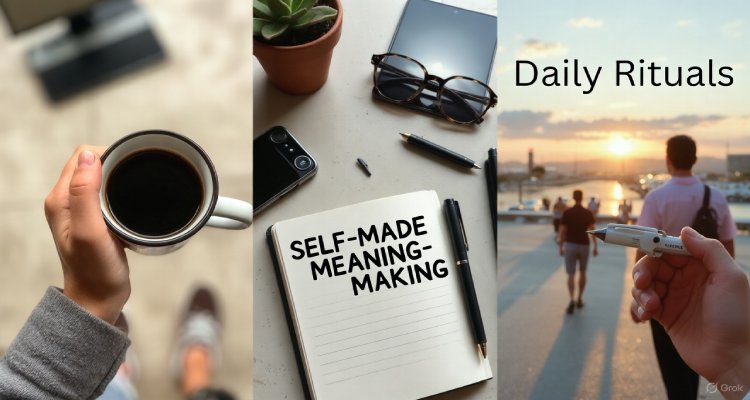How Convenience Became the New Addiction
A deep look at how modern life turned convenience into a powerful addiction—reshaping habits, industries, and the psychology of everyday choices.
Introduction: The Hook
On a Monday morning in any major city, a familiar scene unfolds: commuters tapping their phones for coffee orders, groceries arriving in minutes, rides appearing at the door before the app even finishes loading. What once felt like luxury is now routine. And quietly, almost imperceptibly, the world has developed a new dependency—not on substances or screens alone, but on convenience itself.
This dependence doesn’t spark alarms the way traditional addictions do. Instead, it arrives in soft notifications, frictionless checkouts, instant answers, and same-day deliveries. As life speeds up, one question grows louder: Have we built a world where convenience no longer supports us, but controls us?
Context & Background: The Rise of the Frictionless Era
The pursuit of convenience isn’t new. The microwave, the elevator, the washing machine—each technological leap promised to simplify life. But the 2010s and beyond marked a turning point. A convergence of smartphone penetration, high-speed internet, and algorithm-driven platforms transformed convenience from a helpful feature to a default expectation.
Suddenly:
- Waiting became optional.
- Planning became unnecessary.
- Effort became negotiable.
From food delivery to smart home devices, industries re-engineered themselves around the idea that the fastest option is always the best one. The pandemic accelerated this shift, pushing millions to adopt convenience-based habits—many of which stayed long after life reopened.
What emerged is an ecosystem built on seamlessness. But seamlessness has a side effect: it removes the pause where human choice used to live.
Main Developments: When Convenience Crossed Into Dependency
With every frictionless service came a behavioral shift.
The Expectation Loop
Once people experience two-minute grocery delivery or one-click shopping, they start to expect it everywhere. What was once convenient becomes essential.
The Cognitive Offloading Trend
Modern platforms remember your orders, decide your routes, recommend your meals, and finish your sentences. While helpful, this outsourcing of micro-decisions creates what behavioral scientists call cognitive offloading, a pattern where the brain reduces effort because the system will handle it.
Gradually, humans stop choosing—they simply accept.
The Time-Pressure Paradox
Convenience is marketed as a time-saver, yet surveys consistently show people feel busier than ever. The reason? Convenience accelerates expectations, and expectations accelerate workload.
Fast becomes the minimum. Faster becomes the norm.
The Economic Rewiring
Industries optimized for speed now dominate consumer spending. Delivery apps, instant credit, buy-now-pay-later systems, and algorithmic shopping carts create a retail environment engineered not just for buying—but for buying without thinking.
The bottom line: Convenience has quietly become the loyalty program of modern life. And like any addiction, it thrives when the user doesn’t notice what they’re giving up.
Expert Insight & Public Reaction
Consumers may love the ease, but experts are sounding early warnings.
Behavioral psychologist Dr. Liana Mercer explains, “Convenience taps into the brain’s reward pathways. Every time you skip effort, you get a micro-dose of relief. Over time, the brain learns to crave the shortcut, not the outcome.”
Economist Jacob Raines adds that convenience-driven platforms design around emotional triggers: “It’s not just about saving time. It’s about reducing friction so significantly that the consumer moves on autopilot. The less you think, the more you spend.”
Public sentiment is mixed:
- Younger consumers see convenience as freedom.
- Older generations worry about dependence.
- Parents fear children who grow up without experiencing waiting, working, or planning.
Across social media, a common theme appears: people are grateful for convenience—but uneasy about how much they rely on it.
Impact & Implications: What Happens Next?
The convenience addiction is reshaping society in ways we’re only beginning to understand.
Skills Are Declining
Navigation skills, cooking skills, memory recall, and even small problem-solving abilities erode when apps do the heavy lifting.
Small Businesses Feel the Pressure
Local stores struggle to compete with instant-delivery giants. Convenience becomes a battleground, and only the fastest survive.
Mental Health Is Affected
Constant convenience reduces tolerance for discomfort, increasing stress when things aren’t instant—traffic, queues, or delays. Psychologists report rising impatience as a silent side effect.
Data Dependence Deepens
Convenience comes with a trade-off: data. The more personalized the service, the more consumers reveal—creating powerful data ecosystems that shape decisions long before a person realizes it.
Environmental Impact
Fast delivery means more vehicles, more packaging, more emissions. Convenience isn’t free; the planet pays the interest.
Yet, the addiction isn’t unbreakable. Consumers are beginning to ask whether speed is always worth the cost.
Conclusion: The Choice Ahead
Convenience has rewritten the rules of modern life. It frees us, supports us, and in many ways enhances our quality of living. But its grip is tightening. The future depends on whether society can reintroduce intentionality—choosing when convenience is an advantage, and when it becomes a crutch.
We may not abandon convenience, but we can redefine it.
In a world built for speed, slowing down might be the deepest act of freedom.
Disclaimer :This article is for informational and educational purposes only. It does not provide psychological, economic, or professional advice.










